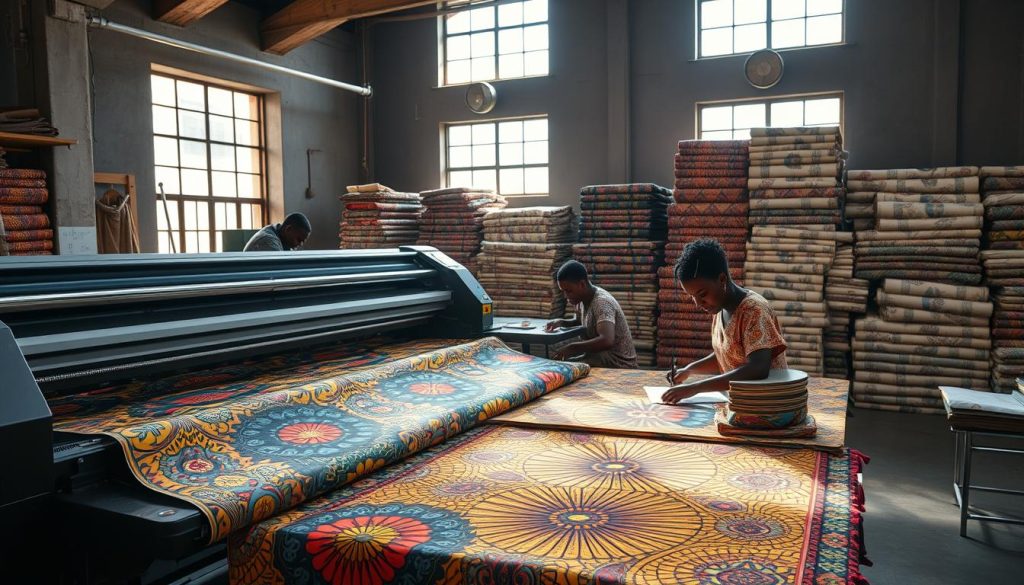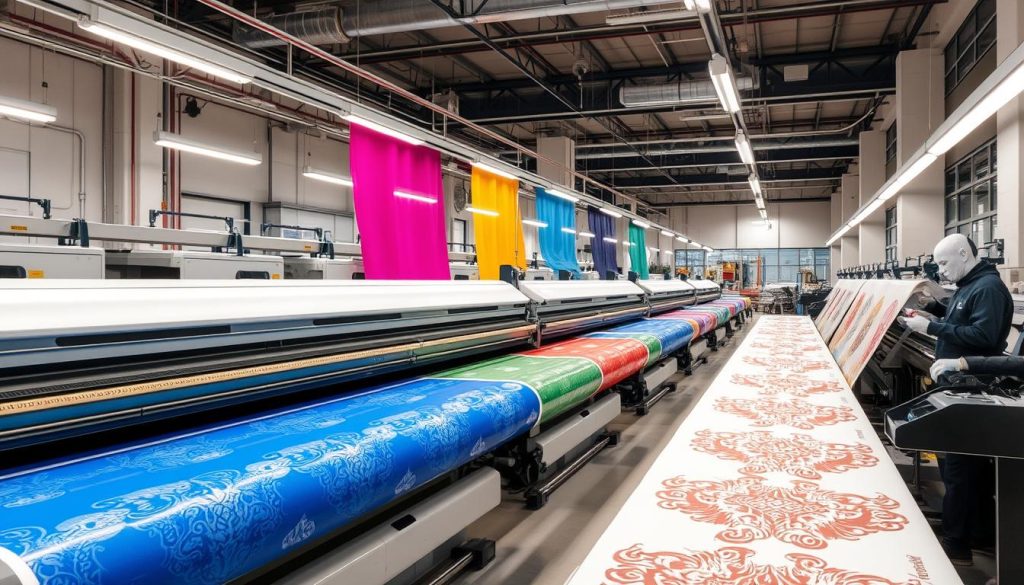Climbing Ranked in Mobile Legends: Bang Bang—Patch-Resilient Tactics, Diamond Discipline, and a Two-Minute Refill Trick
No matter how many balance tweaks Moonton releases, two truths remain on the Land of Dawn: games are won on macro choices after minute five, and expensive mistakes often start in the draft lobby. I spent most of Season 31 hovering in mid-Epic because I was fixated on highlight reels—first-blood dives, three-man Flicker combos, shiny limited skins. The leap to Mythic finally came after I rewired my habits around four principles: wave tempo, evergreen hero pools, breakpoint items, and timed spending. Here’s the distilled playbook, followed by the quiet trick I now use whenever I need extra Diamonds without eating app-store fees.
1 | Wave Tempo Beats Lane Kills
Early kills feel great, but the July 2025 patch shrank jungle XP and buffed outer-turret plate gold. If you grab two plates during the first five minutes, you bank roughly 320 gold—more than first blood—while opening the lane for a five-man turtle collapse. My checklist goes:
Jungle Path: red → raptor → mid wave escort → small camp → turtle. The escort guarantees siege-minion damage on plates.
Roam Rotation: gold-lane support mirrors the jungler at 03:15, turning a 2-plate push into a 4-plate tower before armour kicks in.
Side-Swap Rule: if your marksman secures top tier-one pre-turtle, swap them to bottom to repeat the plate trick while objectives respawn.
Executing this rhythm bumped my gold-per-minute from 620 to 710 without changing champions.
2 | Evergreen Heroes Resist Hot-Fixes
Patch notes can nuke numerical power, but high-agency kits survive nerfs because they scale with player input. A “three-hero safety net” per role keeps you functional through every micro-patch:
| Role | Toolkit Focus | Go-To Hero |
|---|---|---|
| EXP | Self-heal + crowd-control | Yu Zhong |
| Jungle | Objective burst + mobility | Nolan |
| Mid | Waveclear + roam pick-off | Valentina |
| Gold | Two-item spike, self-peel | Melissa |
| Roam | Multi-target engage | Atlas |
Maining this spread means any emergency role swap in draft still lands you on a comfort pick, preserving synergy and LP.
3 | Breakpoint Items: Spend Where Power Jumps
Some components secretly multiply stats when paired. The most reliable trio for marksmen right now is Corrosion Scythe → Demon Hunter Sword → Golden Staff; on Melissa it hits the 3 attacks-per-second threshold by minute 13. Bruisers achieve a similar spike with Dominance Ice + Antique Cuirass, cutting enemy DPS by more than a completed Blade Armor when calculated over a ten-second trade. Memorize one breakpoint combo per role and you’ll power-spike predictably, even if farm is shaky.
4 | Event Calendars Stretch Diamonds
Moonton’s monetization is rhythmical: Lucky Spins refresh on Saturdays, rarity-up skins drop two weeks before MPL grand finals, and Diamond rebate coupons often sneak into Friday “light box” deals. I run a simple rule:
If the offer doesn’t improve gameplay or isn’t at least 10 % discounted, let it pass.
That single line kept roughly 2 500 Diamonds in reserve last season—enough for the Epic Pass and two limited draws—without killing the fun of cosmetics.
5 | A Two-Minute, Tax-Included Recharge
When an event actually delivers value—double-BP weekends, discounted Starlight Pass—I avoid in-app surcharges by loading Diamonds through the cheap MLBB Diamond top-up center. The flow is dead-simple: select your server ID, pick a bundle, pay, and watch the Diamonds pop before the match-making queue ends. Because payments route via Moonton’s API, first-purchase bonuses and Lucky Spin tickets still credit correctly.
For flash moments (team-mate triggers a Skin Gift chain), I keep a browser favourite titled “MLBB rapid reload” that points to the same MLBB recharge site —two clicks, no card re-entry, no app-store mark-ups. Over three months my real-world spend fell about 18 %, money I’d rather put toward a new headset than platform fees.

Final Recall
Rising through Mythic isn’t about RNG crits or constant repurchases; it’s about plate timing, patch-proof picks, calculated item spikes, and Diamond discipline. Master those, and you’ll collect stars faster than you can screenshot them—armed with a wallet-friendly top-up method that never leaves you staring at a spinning wheel while the draft clock ticks down. Good luck on the climb, and may every turret plate fall in your favour.






